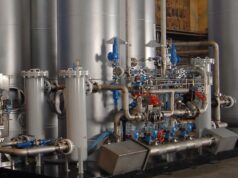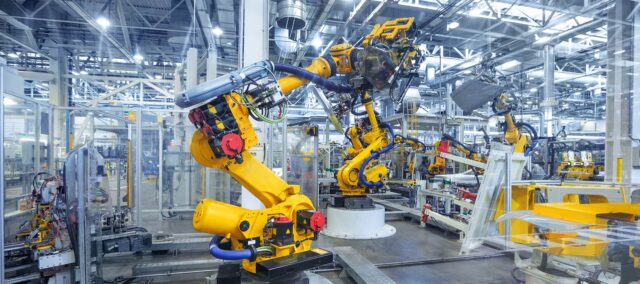
Every industry has those dirty, boring, and dangerous jobs that people don’t want to do – but have to do. Whether it’s the inspection of hazardous waste sites, clearing inaccessible terrain, or repetitive work on production lines – many industries have improved with the use of robots.
In today’s mass production, they are extremely important because their movements are always identical and can work continuously (and not complain). Robots do not need to be fed, paid or given a vacation – and therefore, some say, are much more cost-effective than humans.
Development Of Robotics And Its Application
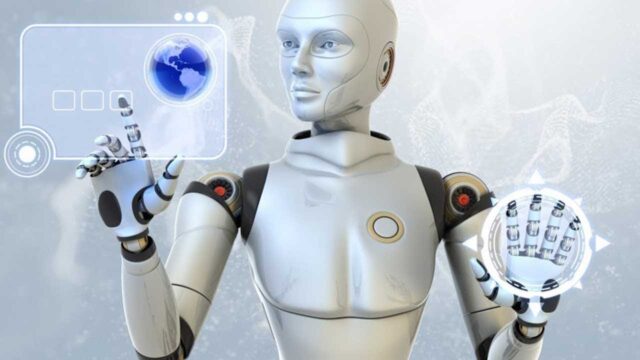
In the mid-last century, technology gurus anticipated the rapid development of robots and computers – which in the next few decades was expected to result in the creation of intelligent machines, workers and home appliances. Let’s just remember the cult Kubrick’s SF movie ‘2001: A Space Odyssey‘.
Still, it’s not quite like it was in the movie – though robotics has become more widely used. Robotic devices have indeed found their application, especially in the construction, military and automotive industries. However, robots as autonomous intelligent creatures as some expected to see in households, hospitals and businesses as cleaners, nannies, cooks and gardeners – will have to wait a little longer.
Robotics In The Military Industry
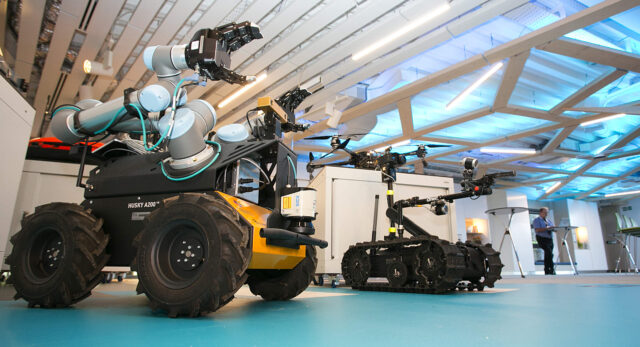
Is it possible that wars of the future are waged by combat machines instead of humans? Robotics researchers and manufacturers of military machines hope for a positive response. With thousands of robots already in military service today, it’s easy to imagine that machines will take on a major role in future war conflicts.
Most robots in the military are used mainly for non-combat tasks such as deactivating explosive devices, etc. The exception is the lethal aerial drone, which is used for combat tasks. The development of military robotics has enhanced the ability of fighter aircraft.
The best examples are unmanned aerial vehicles used in missions in Afghanistan. However, the development of land robots is much slower – and their results are somewhat less convincing.
Robotics In Medicine
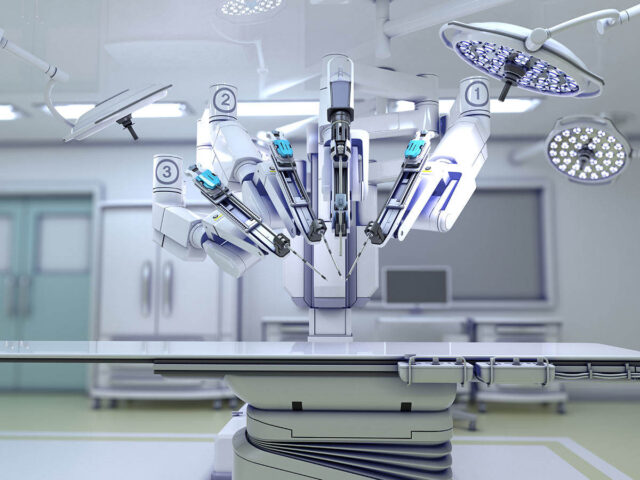
Robots have replaced several professions – but few believe that a robot will operate instead of a surgeon. However, it is exactly what happens in modern medicine. Any advances in medicine are met with great eagerness and approval – as they result in a shift in health care and longer-term quality of life.
For these reasons, the public is paying a lot of attention to technological innovations in medicine. Robotics already holds an important place in both medical science and surgery as well as with other medical applications. Some of the most interesting ways robots are used in medicine is to perform operations. Robots can make more precise movements that reduce the risk of surgery.
They can also make a greater range of movement through a smaller incision – which can reduce the risk of infection and lead to rapid recovery.
Application Of Robots In Construction Industry
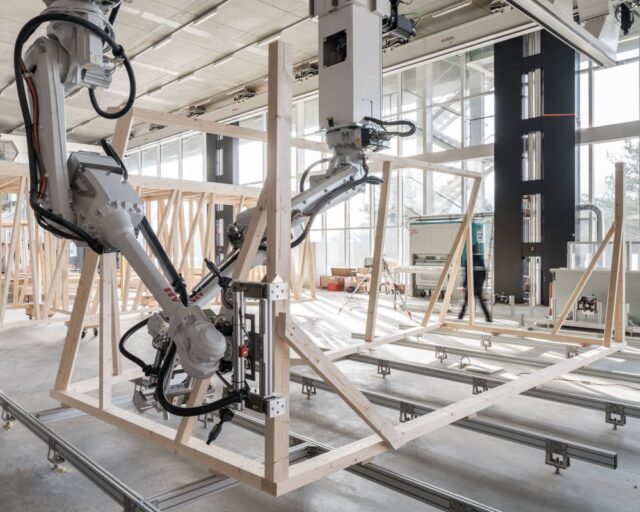
The introduction of robots was the logical continuation of the improvement of technical solutions in the field of automation of technological processes. There are many industrial applications today, especially in the construction industry – where robots can be used effectively.
Their application is motivated mostly by technical and economic reasons. Besides technical advantages that the use of robots brings – it should be emphasized that the rationality of introducing a robot into specific plants is conditioned primarily by the volume of work and the nature of the operations that the robots should carry out. In the case of assembling processes, as well as heavy lifting – robots are an indispensable helper.
According to CPSLift, some robots nowadays have multifunctional features and are used for tasks such as lifting heavy structures and glazing windows or doors on homes and buildings. These are often very difficult jobs that require extreme precision. Also, such jobs involve many repetitions of the same operation or series of operations – so the benefits of the robots are more than obvious.
Robots Take Over Unwanted Jobs In The Industry
Every industry has those dirty, boring, and dangerous jobs that people don’t want to do but have to do. So today we realize that some things are better left to machines to do – than leave them into the hands of hardworking human workers.
Dirty Jobs
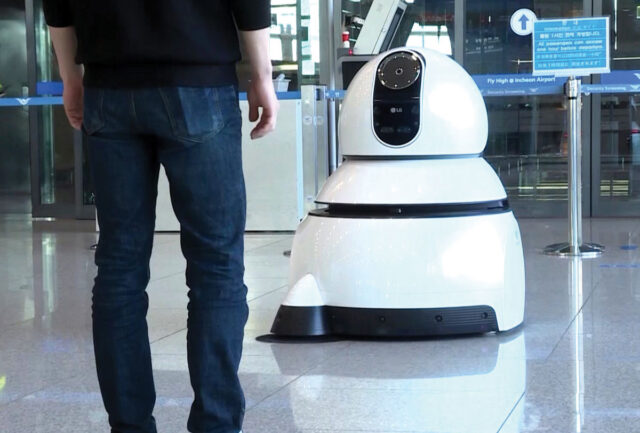
In many cases, this is the potential for human error. Therefore, robotic innovations that meet the demands of such jobs are promoted. For example, in the healthcare industry, sanitation is of paramount importance and can take an hour to sterilize the operating room.
Furthermore, there are dozens of infections spread in hospitals that can harm patients who need to improve their health. For these reasons, remote-controlled robotic technology has been developed and designed to address sanitation issues in the healthcare industry.
Annoying Jobs
Manufacturing has embraced many robots that are not only more affordable than traditional industrial systems – but are much safer to operate outside their own indoor spaces. Therefore, today we have robots used in manufacturing facilities across different countries.
Companies that own them, very often even actively seek out for dirty, boring or dangerous tasks – where robots can easily free the hands of skilled workers. That is why it is no longer strange for robots to stand alongside workers on the conveyor belt – optimizing production and allowing workers to focus on safer or more skilled tasks.
Dangerous Jobs
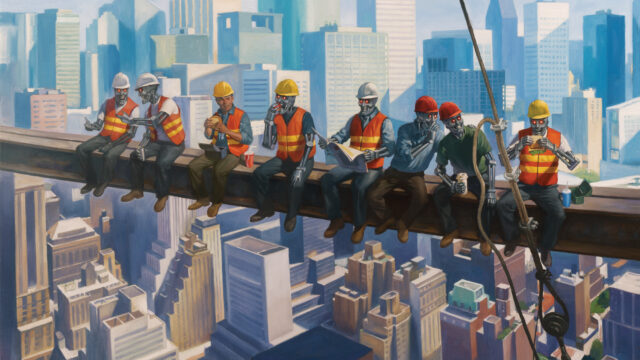
In light of natural disasters such as the Fukushima power plant explosion – many projects are underway to replace humans with robots for safety reasons. With startling pollution engulfing the area after the collapse of multiple nuclear reactors – the radiation in certain areas within the plant is so high, even years later. Therefore, it could be devastating for a person to spend just a few minutes in such conditions.
Yet, due to such problems, people turned to the robotics industry to develop robots for inspection, cleaning and maintenance. These combined goals have brought about an innovation industry that, just ten years ago, had little to offer at that critical moment.
This requires that this field of inquiry use all its interdisciplinary skills and thinking outside the box- to solve problems that we may only be affected in the future.
Conclusion
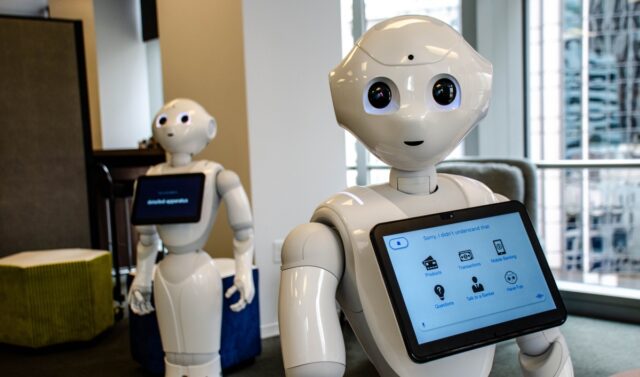
According to some media, we get the impression that robots are taking over us. Although we are witnessing increasingly advanced workflow automation – that is not true. Robots are still struggling with a surprising number of basic jobs.
We will certainly not witness the primacy of using the robots overnight. It is a gradual process, which gives employers and society some time to adjust.
And not only that. Robots will not only eliminate some jobs, but they will also create them as well. It is important to remember that while technological advances can cause some unwanted changes – it also brings more benefits than harm.

